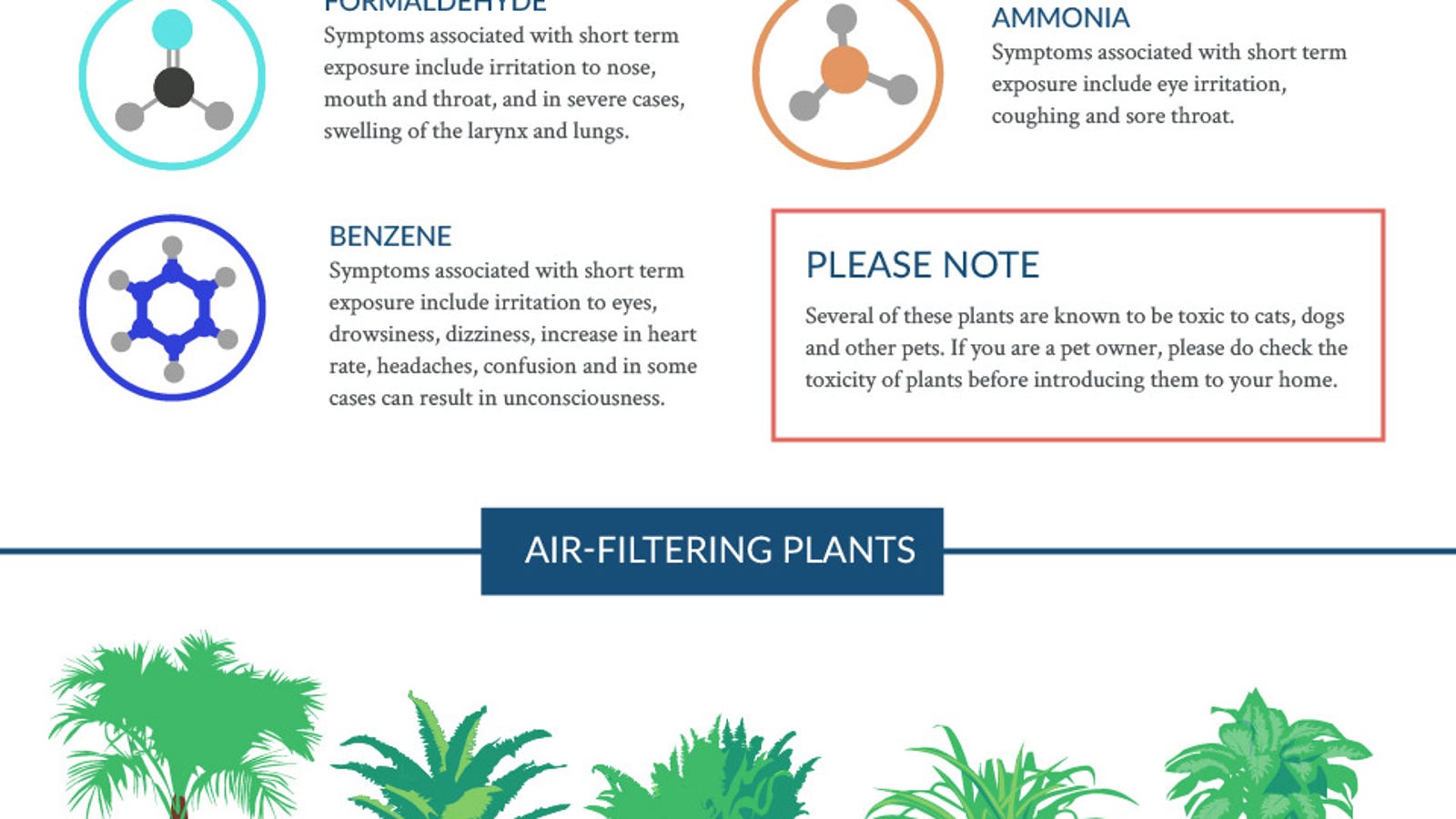The Future Of Home Heating - Just How Heat Pump Modern Technology Is Evolving
The Future Of Home Heating - Just How Heat Pump Modern Technology Is Evolving
Blog Article
Developed By-Svensson MacGregor
Heatpump will be an essential modern technology for decarbonising heating. In a situation regular with federal governments' revealed energy and climate commitments, their global capability increases by 2030, while their share in home heating rises to one-quarter.
They work best in well-insulated homes and count on electrical power, which can be provided from a renewable power grid. Technical advancements are making them more effective, smarter and less expensive.
Fuel Cells
Heat pumps make use of a compressor, refrigerant, coils and fans to relocate the air and warm in homes and appliances. They can be powered by solar power or power from the grid. They have been obtaining appeal due to their low cost, silent operation and the capability to produce power during peak power need.
Some business, like IdaTech and BG MicroGen, are working on fuel cells for home heating. These microgenerators can replace a gas boiler and generate a few of a residence's electrical demands with a link to the electrical power grid for the remainder.
However there are factors to be hesitant of using hydrogen for home heating, Rosenow says. It would certainly be pricey and inefficient compared to various other technologies, and it would certainly add to carbon exhausts.
Smart and Connected Technologies
Smart home technology enables property owners to link and manage their tools remotely with using smartphone applications. For instance, smart thermostats can learn your home heating preferences and instantly get used to optimize power intake. Smart illumination systems can be controlled with voice commands and automatically switch off lights when you leave the room, lowering energy waste. And clever plugs can check and manage your electrical usage, enabling you to determine and restrict energy-hungry appliances.
The tech-savvy household portrayed in Carina's meeting is an excellent illustration of how owners reconfigure area heating techniques in the light of new smart home technologies. They rely upon the gadgets' automatic features to accomplish everyday modifications and concern them as a convenient methods of conducting their home heating practices. As such, they see no reason to adapt their methods further in order to allow adaptability in their home energy demand, and treatments focusing on doing so may deal with resistance from these households.
Electrical power
Since warming homes make up 13% people emissions, a button to cleaner alternatives can make a large difference. Yet the modern technology faces difficulties: It's costly and requires substantial home remodellings. And it's not constantly suitable with renewable resource resources, such as solar and wind.
Till just recently, electrical heatpump were as well pricey to compete with gas designs in a lot of markets. Yet brand-new developments in style and products are making them extra budget-friendly. And Discover More is enabling them to operate well even in subzero temperature levels.
The following action in decarbonising home heating may be making use of heat networks, which draw heat from a main source, such as a nearby river or sea inlet, and distribute it to a network of homes or structures. That would certainly lower carbon discharges and permit houses to take advantage of renewable resource, such as environment-friendly electrical energy from a grid provided by renewables. This alternative would be much less costly than changing to hydrogen, a nonrenewable fuel source that needs new infrastructure and would only lower CO2 emissions by 5 percent if paired with boosted home insulation.
Renewable Energy
As electrical energy rates drop, we're beginning to see the very same pattern in home heating that has driven electric automobiles right into the mainstream-- yet at an also quicker pace. The solid environment instance for electrifying homes has been pushed additionally by brand-new study.
Renewables make up a substantial share of contemporary warm usage, but have actually been given minimal plan focus around the world compared to other end-use sectors-- and even less focus than electrical energy has. Partly, this shows a mix of customer inertia, divided incentives and, in several nations, subsidies for fossil fuels.
New modern technologies could make the shift less complicated. For instance, heatpump can be made more power reliable by replacing old R-22 cooling agents with new ones that don't have the high GWPs of their precursors. Highly recommended Webpage that attract warmth from a close-by river or sea inlet, like a Norwegian fjord. The warm water can then be used for heating & cooling in a neighborhood.